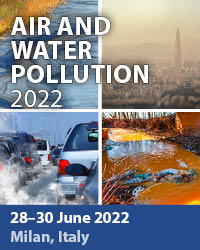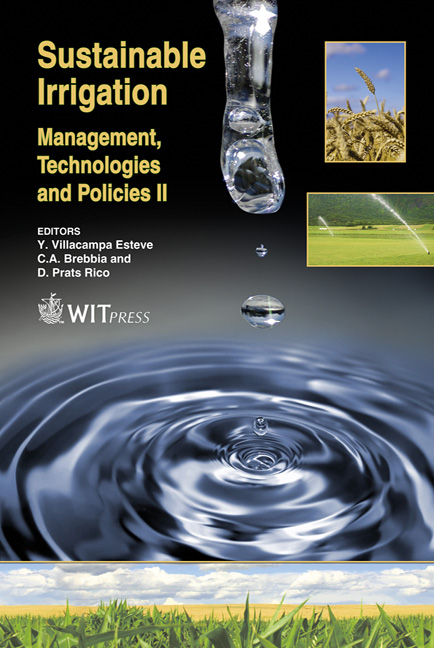Midsummer Deficit Irrigation Of Alfalfa As A Strategy For Providing Water For Water-short Areas
Price
Free (open access)
Transaction
Volume
112
Pages
8
Page Range
115 - 122
Published
2008
Size
306 kb
Paper DOI
10.2495/SI080121
Copyright
WIT Press
Author(s)
B. Hanson, K. Bali, S. Orloff, H. Carlson, B. Sanden & D. Putnam
Abstract
Alfalfa is California’s single largest agricultural water user due to its large acreage and long growing season. As a result, interest exists in midsummer deficit irrigation (no irrigation in July, August, and September) of alfalfa in water-rich areas to provide water for water-short areas with the amount of transferred water equal to the difference in the evapotranspiration (ET) between fully-irrigated and deficit irrigated alfalfa. However, little data exists on the ET of midsummer deficit-irrigated alfalfa. Commercial fields were selected for fully-irrigated and deficit-irrigated irrigation treatments of alfalfa. The fullyirrigated alfalfa was irrigated according to the irrigator’s normal practices. The deficit irrigation treatments were no irrigation in July through to September. Alfalfa ET was measured using the eddy covariance and surface renewal energy balance methods. Deficit irrigation of alfalfa during the midsummer reduced both ET and yield. The amount of reduction, however, was very site-specific. The Davis site showed the largest reduction in ET (198 mm), while the other sites showed much smaller reductions (5 to 62 mm). Keywords: alfalfa, evapotranspiration, irrigation.
Keywords
alfalfa, evapotranspiration, irrigation.





